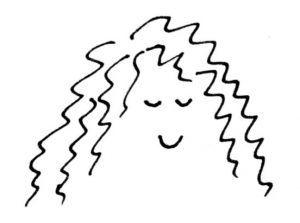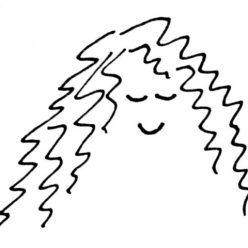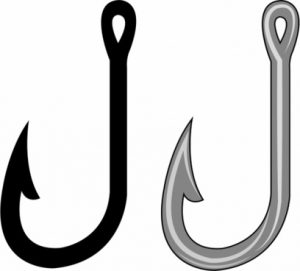
We all think in different ways. Each of us has a unique mind with different ideas, beliefs and opinions ….. and the way we PERCEIVE our own thoughts is fairly unique too. Many of us connect the PERCEPTION of our thoughts with our senses.
Thinking about YOUR thinking ….. how do YOU think?
Pictures, images, visual symbols – Do your thoughts seem to be constructed of things you can see in the external world around you? When you think about a situation, do you have a mental image of what that looks like? Faces? Places? Objects? Do you see a ‘mental’ or internal movie playing scenarios from the past or future?
Voices, sounds, words – Do you hear your thoughts, almost as if there’s another person in your mind, or perhaps your own voice chattering away. Maybe you hear several voices chattering or arguing, a voice from your childhood of yourself or someone else, or maybe unfamiliar voices. These voices speak out the thoughts that go through your mind.
Feelings, sensations, movements of the body – Do you ‘feel’ your thoughts inside your head or your body? When you think about situations or recall events, do you feel the movements or sensations associated with them?
Smell and taste – The sense of smell is often deeply connected with memories. Certain smells can trigger memories, experiences and flashbacks without warning, whether pleasant or unpleasant. The sense of taste can be similar. We use phrases such as “That left a bad taste in my mouth” and “I smell something fishy here”, all of which suggest the use of these senses in the way we perceive our thoughts.
A lot of us will find that our thinking relies on all the senses at different times or in different ways, although one sense may be more dominant than the others. For example, you might notice that your thoughts often present as images – as if you can see them and almost reach out and touch them. But this might be combined with movement and sound, as if you are watching a movie playing out in your mind.
So my question for you is …..
Thinking about YOUR thinking ….. how do YOU think?
Discovering mountain biking as life’s ultimate parallel universe in her middle age,  Kathryn Walton shares information and reflections in Daisy Spoke that connect, inspire and self-empower women to make healthy choices for themselves.
Kathryn Walton shares information and reflections in Daisy Spoke that connect, inspire and self-empower women to make healthy choices for themselves.


 thought, we often don’t even realise that we’ve grabbed hold of it. We can become firmly attached to it and we can have difficulty letting it go. We can find ourselves stuck, squirming and wriggling with the discomfort just as a fish does as it’s reeled in from the water.
thought, we often don’t even realise that we’ve grabbed hold of it. We can become firmly attached to it and we can have difficulty letting it go. We can find ourselves stuck, squirming and wriggling with the discomfort just as a fish does as it’s reeled in from the water. Daily practice of simply noticing your thoughts as they arise during an activity helps to train your brain to notice thoughts arising at other times, and to notice that they are simply thoughts or mental events. If you find the fish hook imagery useful, you can notice the hooks (or thoughts) being cast out, and you can notice which hooks (or thoughts) you cling on to.
Daily practice of simply noticing your thoughts as they arise during an activity helps to train your brain to notice thoughts arising at other times, and to notice that they are simply thoughts or mental events. If you find the fish hook imagery useful, you can notice the hooks (or thoughts) being cast out, and you can notice which hooks (or thoughts) you cling on to.